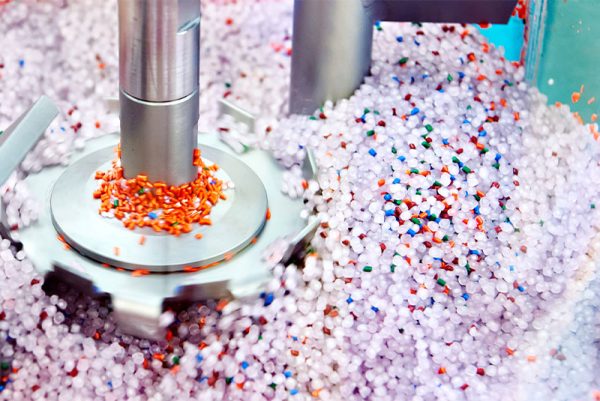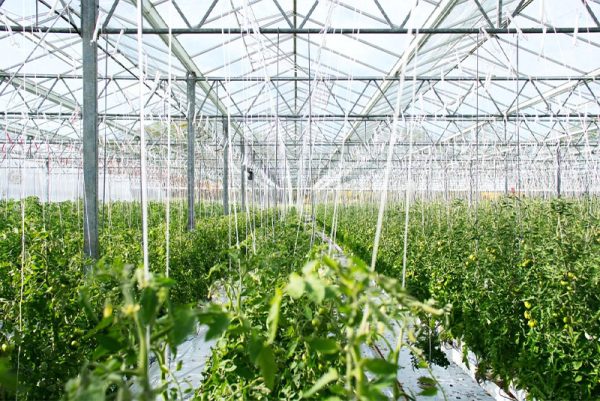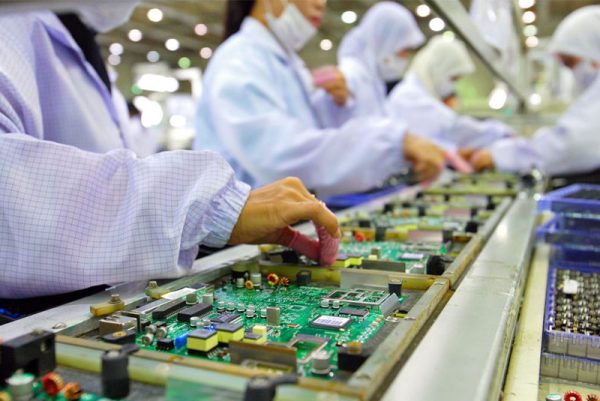Polymer compounding is a process of mixing and blending different polymers, additives, and fillers to create a material with specific properties and characteristics. The process involves combining various ingredients in a mixer and then processing the resulting mixture to produce a final product. In this blog post, we will explore the basics of polymer compounding, including its applications, benefits, and challenges.
Applications of Polymer Compounding
Polymer compounding is used in a wide range of applications across many different industries. Some of the most common applications of polymer compounding include:
- Automotive: Polymer compounds are used in automotive parts such as dashboards, bumpers, and tires. These materials are chosen for their durability, strength, and resistance to heat and chemicals.
- Construction: Polymer compounds are used in a variety of construction materials, including pipes, roofing, and insulation. These materials are chosen for their strength, flexibility, and resistance to weather and chemicals.
- Medical: Polymer compounds are used in medical devices such as catheters, syringes, and implants. These materials are chosen for their biocompatibility, durability, and resistance to bacteria and other pathogens.
- Packaging: Polymer compounds are used in a variety of packaging materials, including plastic bags, containers, and wraps. These materials are chosen for their strength, flexibility, and resistance to moisture and other environmental factors.
Benefits of Polymer Compounding
There are several benefits to polymer compounding, including:
- Customization: Polymer compounding allows manufacturers to create materials with specific properties and characteristics tailored to their needs. This customization can result in materials with enhanced performance and durability.
- Cost-effectiveness: Polymer compounding can be a cost-effective way to create materials with specific properties. By blending different polymers, additives, and fillers, manufacturers can create materials that meet their needs without having to invest in expensive raw materials.
- Improved properties: Polymer compounding can result in materials with improved properties such as strength, flexibility, and resistance to heat and chemicals. These enhanced properties can make the materials more suitable for specific applications.
Challenges of Polymer Compounding
Despite its many benefits, polymer compounding can also present several challenges, including:
- Material compatibility: Different polymers, additives, and fillers can have different chemical properties that may not be compatible with one another. This can result in materials that do not blend well or that have reduced properties.
- Processing difficulties: Polymer compounding can be a complex process that requires specialized equipment and expertise. The process can be time-consuming and costly, and mistakes can result in defective materials.
- Environmental concerns: Polymer compounding can result in waste materials that are difficult to dispose of. These waste materials can pose environmental risks if they are not handled properly.
Polymer compounding is a valuable process that allows manufacturers to create materials with specific properties and characteristics tailored to their needs. The process offers several benefits, including customization, cost-effectiveness, and improved properties. However, it also presents several challenges, including material compatibility, processing difficulties, and environmental concerns. By understanding these challenges and working to overcome them, manufacturers can create high-quality materials that meet the needs of their customers while minimizing their environmental impact.




